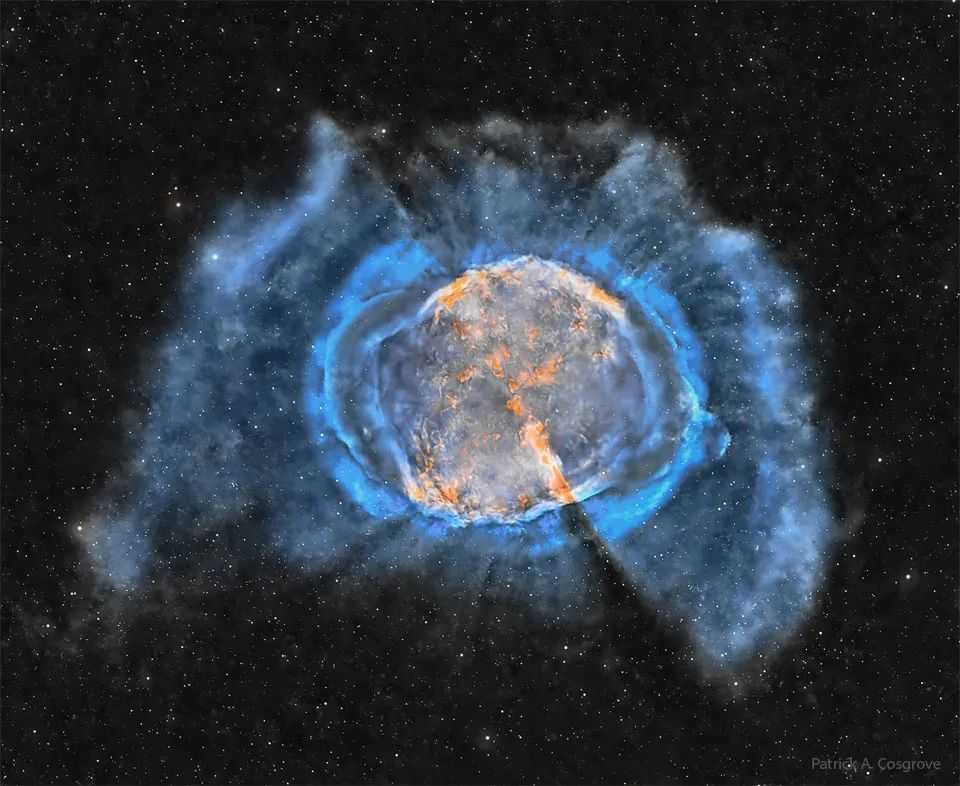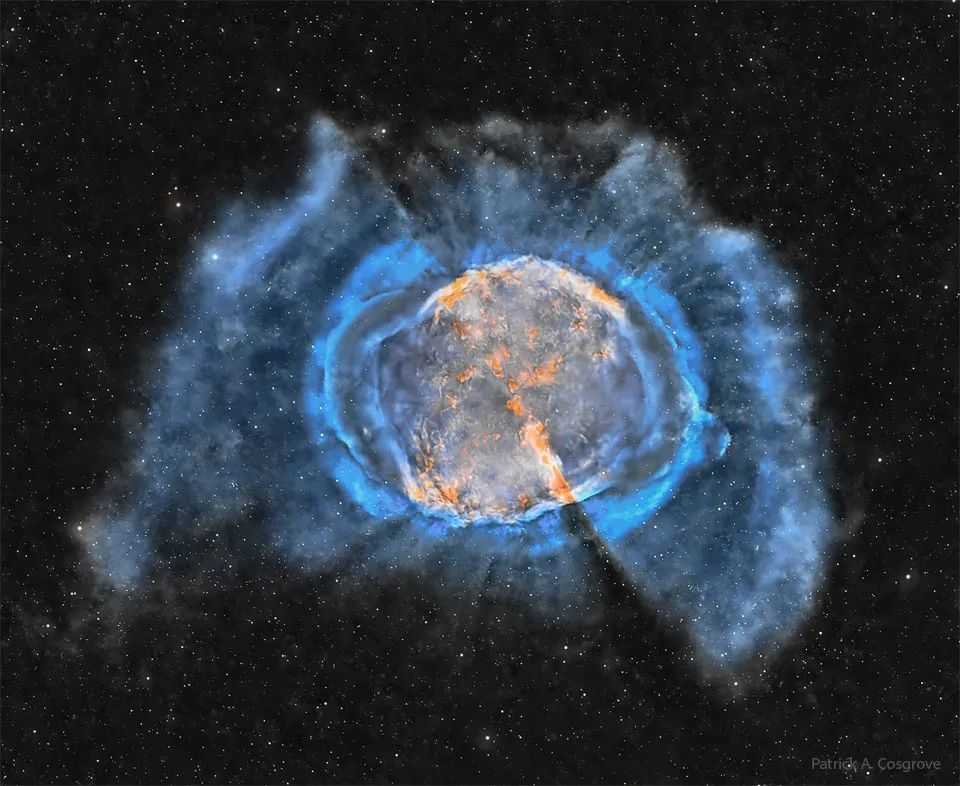M27, the Dumbbell Nebula: A Stellar Remnant in Vulpecula
The M27 Dumbbell Nebula shines as a prominent celestial spectacle in the summer night sky, nestled in the constellation Vulpecula. Situated roughly at the midpoint between the bright stars Altair (in Aquila) and Deneb (in Cygnus), this iconic nebula is a testament to the life cycle of stars, offering a vivid glimpse into the final stages of a sun-like star’s existence.

Source: Images from the Internet, if there is any infringement, please contact the removal of
Discovered in 1764 by French astronomer Charles Messier, M27 is a classic example of a planetary nebula, formed when a low- to medium-mass star (similar to the Sun) sheds its outer layers during the late stages of its life. The nebula’s name derives from its distinctive hourglass or dumbbell shape, visible through telescopes as a faint, glowing disk with brighter central and outer regions. This structure arises from the star’s expelled gas being ionized by the hot, dense stellar core—now a white dwarf—at its center. The white dwarf, with a surface temperature exceeding 30,000 Kelvin, emits intense ultraviolet radiation that causes the surrounding gas to fluoresce in hues of blue, green, and red, primarily from ionized hydrogen, oxygen, and nitrogen.
With an apparent magnitude of 7.5, M27 is observable with binoculars in dark skies and appears stunning in long-exposure astrophotographs, where its intricate filaments and asymmetrical lobes are revealed in striking detail. Its location in the northern summer sky, combined with its unique morphology, makes it a popular target for amateur astronomers and a key subject in stellar evolution research. Planetary nebulae like M27 are crucial to understanding how stars recycle material back into the interstellar medium: the gas and dust expelled during this phase enrich the galaxy, providing the building blocks for future generations of stars and planets. As a bridge between stellar death and cosmic renewal, the Dumbbell Nebula reminds us of the universe’s continuous cycle—a fleeting yet beautiful display of destruction and rebirth written in the language of light and gas.
-------- END --------






